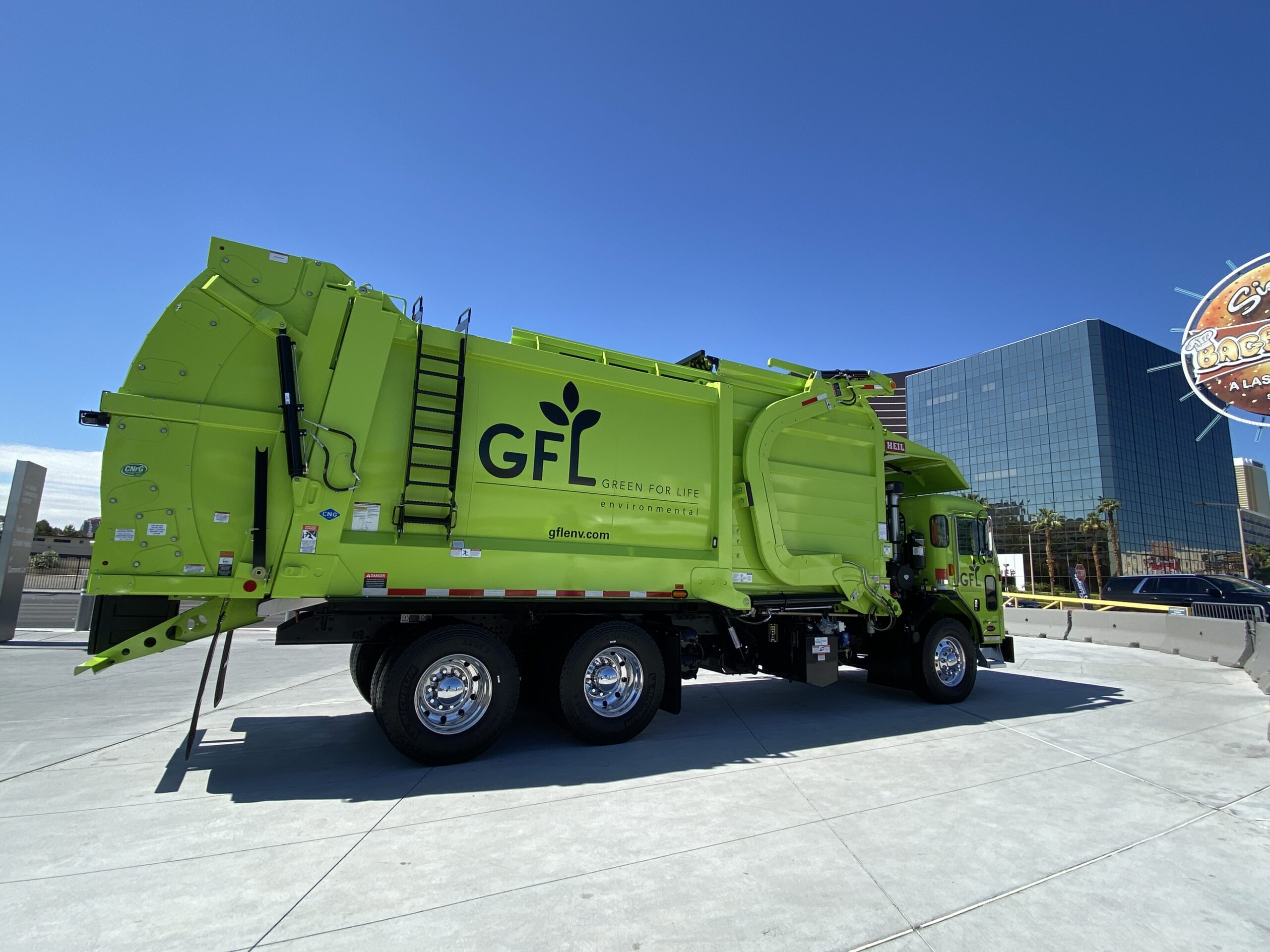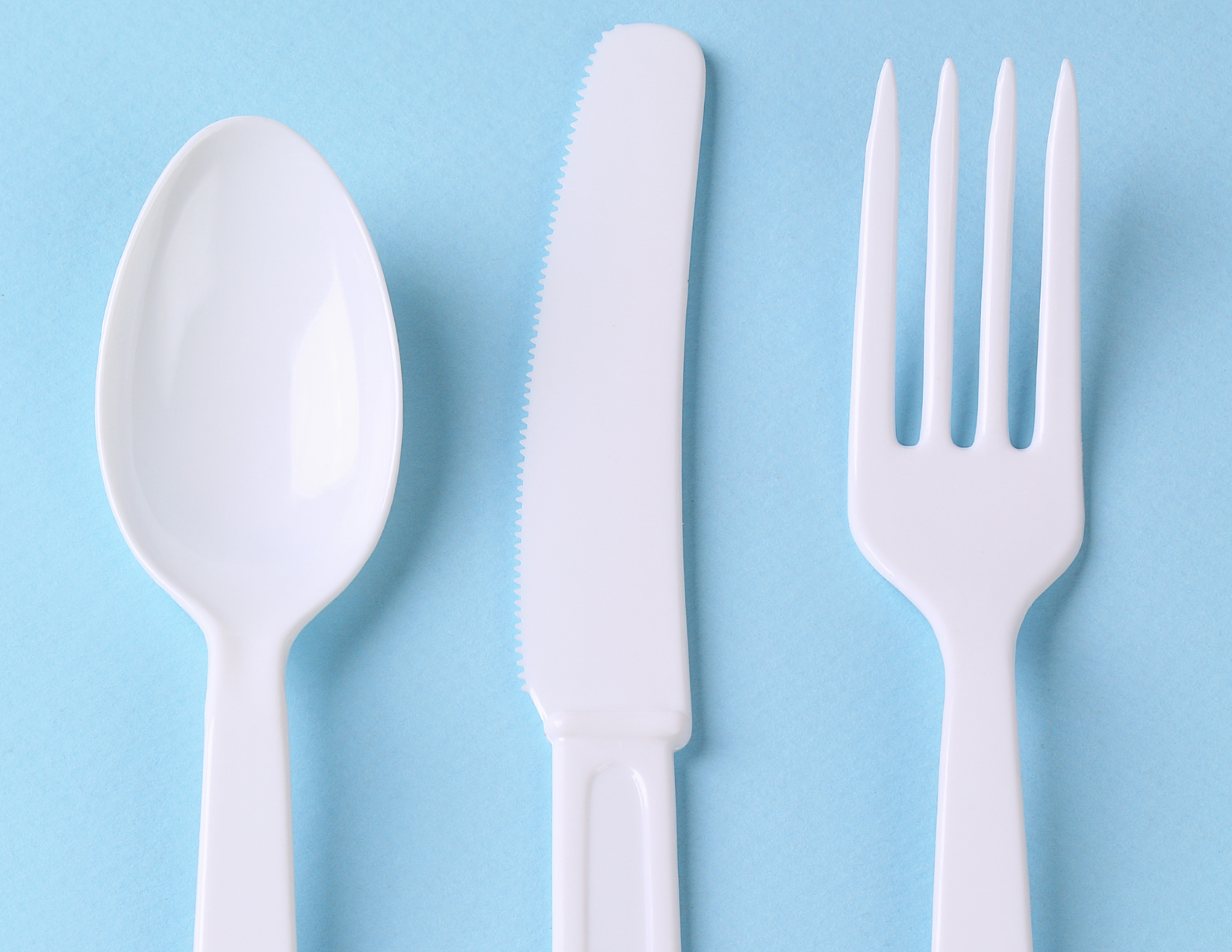Manufacturers often advertise bioplastics as a compostable and more sustainable alternative to bioplastics, but is this actually true? Well…not really. Let’s dive in and discuss further.
What are bioplastics? Bioplastics are plastics derived from biological substances and renewable biomass sources rather than petroleum, many types of which are biodegradable. Some bioplastics are made from sugar cane to create polylactic acid (PLA), some are made from waste materials like straw, woodchips, sawdust and food waste. Most are made from starches and cellulose, and some are derived from protein sources.
What makes them attractive to manufacturers is that they don’t use fossil fuel as a raw material which is finite in abundance and can sometimes be made with a lower carbon footprint. On top of that, given the fact that plastics never actually degrade, but rather break down into smaller and smaller particles from macroplastics to microplastics to nanoplastics until they find their way into our waterways, our soil, our food and our tissues, bioplastics offer the hope, if not always the promise, of degradation. Also, just because something is biodegradable, doesn’t mean it’s compostable. Bioplastics often degrade but produce toxic chemicals that impact soil and compost quality which is the antithesis of environmentally sound practice.
The problem with bioplastics is that the pathway to biodegradation is not necessarily straightforward or feasible. Biodegradation is dependent upon the environment and the chemical structure of the polymer. Many bioplastics only break down in commercial composting facilities and cost more for waste management in terms of sorting technology. While AI makes differentiating commercially compostable bioplastics from petroleum-based plastics easier, it’s still true that it costs waste management more to dig out bioplastics and separate them out for composting than what they make from the compost.

On top of all that, bioplastics are frequently made of plants like corn which are often grown as a monocrop, meaning they are genetically engineered to be very similar which isn’t beneficial for the environment as crops with more diversity.
While bioplastics are more sustainable than conventional plastics, they do have other negative environmental effects including acidification and runoff of excessive nutrients into bodies of water. They consume enormous amounts of land and water in their production and require the use of fertilizers. They also compete with crops that are needed to provide food.
However, advancements continue to be made because of the promise bioplastics hold with regards to biodegradability, reduced carbon footprint, and energy efficiency in terms of their production. They currently cost more to produce than traditional plastics and are more limited in their applications and performance but will probably have more of a foothold in the future with further innovation.
Bioplastics are commonly used for disposable items such as packaging, cutlery, cups, bowls, straws and other foodwares that contribute to the bulk of garbage at any outdoor or large scale event. As event professionals, the best way to reduce your carbon footprint is to find alternatives, including bamboo, edible cutlery made from wheat, rice, or sorghum, bring your own policies for reusable cups and silverware. However, there are brands making commercially compostable bioplastic alternatives that are a better, if not perfect, choice than petroleum-based plastics as long as your live event cleanup offers clear bins and sorting to keep your bioplastics separate from your other recyclables to make sure they wind up in composting and not in a landfill or incinerator.
PopUP CleanUP offers sustainable trash management strategies and waste sorting for large scale indoor and outdoor events.


